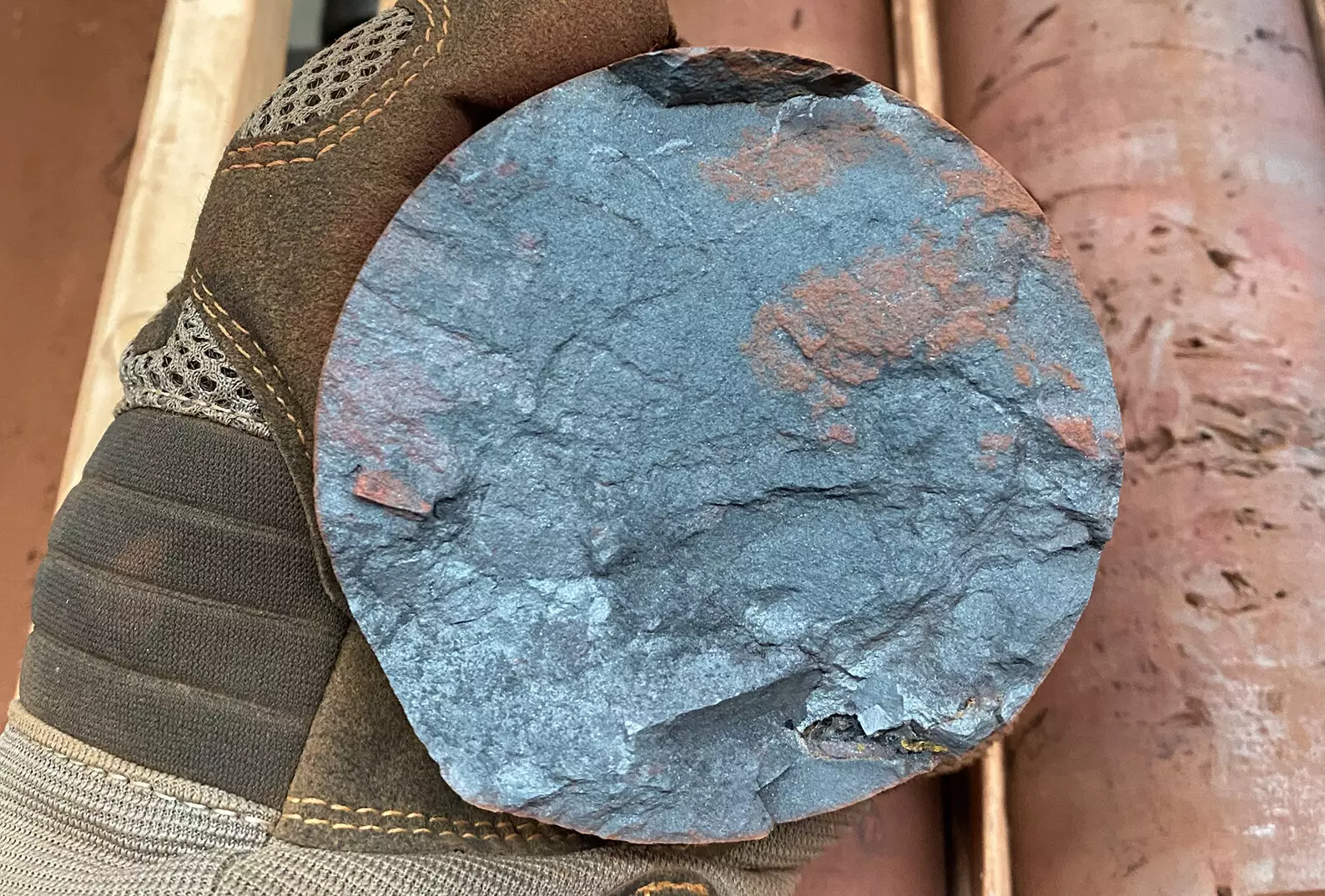Recent groundbreaking research led by Curtin University has dramatically altered our understanding of one of Earth’s largest iron ore deposits located in Western Australia’s Hamersley Province. Traditionally believed to have formed around 2.2 billion years ago, these deposits have now been re-dated to be approximately 1.4 to 1.1 billion years old. This pivotal revelation could enhance exploration efforts for iron ore by revealing new patterns in how these geological treasures are formed.
The innovative methods employed by the research team utilized advanced geochronology techniques, allowing for more precise measurements of the ages of iron oxide minerals. Dr. Liam Courtney-Davies, a principal figure in this research, emphasized how this new timeline aligns closely with a phase of intense geological activity characterized by the disintegration and formation of ancient supercontinents. Such geological upheavals likely played a crucial role in the formation of vast iron-rich rock deposits, which are now among the largest in the world.
Linking Iron Deposits to Supercontinent Dynamics
The connection established between these colossal iron deposits and supercontinent cycles not only adds depth to our grasp of ancient geological processes but also provides a roadmap for future exploration. This evolution in understanding could catalyze the discovery of further significant deposits, essential for an industry that stands as Australia’s cornerstone with iron ore exports valued at $131 billion last financial year.
Associate Professor Martin Danišk, a co-author of the study, succinctly pointed out that this research has clarified the transformation of banded iron formations (BIFs) from their original composition of around 30% iron to an impressive 60%. Previous ambiguity regarding the timeline of these changes hindered scientists from understanding the processes pivotal in forming these valuable resources. By utilizing uranium and lead isotope analysis of mineral grains, the researchers could pinpoint the developmental phases of these deposits with unprecedented accuracy.
The Implications of Geological Evolution
As we glean insights from such profound studies, it becomes evident that the Earth’s geological history is more vibrant and complex than previously perceived. The intricate dance of tectonic activities not only influences iron ore deposits but potentially impacts other mineral resources and ecological conditions over billions of years. Recognizing the dynamic interplay of geological forces can enhance our capacity for resource prediction in a world increasingly reliant on sustainable energy and materials.
The collaboration of experts, such as those from The University of Western Australia, Rio Tinto, and CSIRO Mineral Resources, has facilitated a shared knowledge network that can further accelerate research in the mineral resources sector. As nations strive to meet rising demand for metals in technology and infrastructure, understanding the origins and formations of deposits like those in Hamersley becomes even more critical. The evolution of our scientific inquiries into iron ore deposits could not only redefine existing mining practices but also enrich our exploration methodologies—ushering in a new era of geological exploration and resource management.
The momentous findings from Curtin University not only reshape our narratives around iron ore but also set a powerful precedent for the way we approach geological research and resource management in the future.

